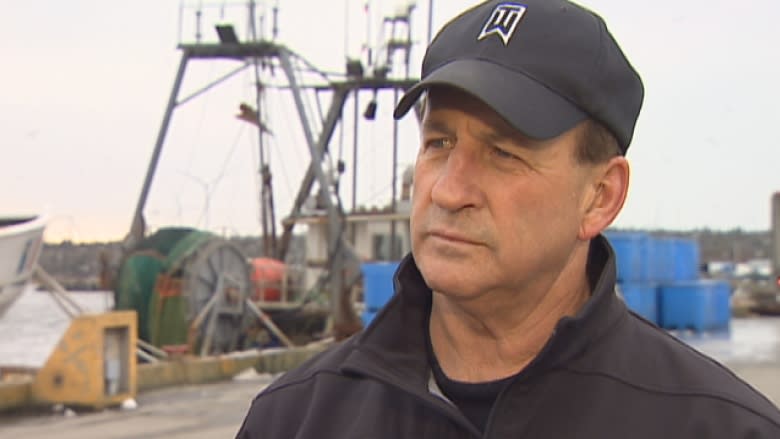Fishing industry cautiously optimistic about potential haddock boom
Exactly how many of the haddock that hatched in 2013 are still swimming off the coast of southern Nova Scotia is not certain, but researchers agree the numbers are potentially massive.
Biologist Monica Finley recently completed a population assessment for the southern Scotian Shelf and Bay of Fundy.
She estimates 264 million haddock were hatched there in 2013 and survived their first year, making it an "extraordinary" year-class.
"This 2013 year-class is five times higher than the next highest on record since 1985," said Finley, who works at a Department of Fisheries and Oceans research facility in St. Andrews, N.B.
Her report predicts 100,000 metric tonnes of haddock will reach adulthood in 2017 and 2018.
Bring on the boom
On Georges Bank, the population is predicted to be even bigger, with Canadian and American scientists estimating the 2013 hatch at 1.3 billion fish.
This month, fish plants in southern Nova Scotia are starting to process their first catches of 2013 haddock, forerunners of what industry members hope is a boom for years to come.
"We're seeing signs of it now, but we would expect to see the fish at the larger, more commercially harvestable sizes in a couple of years," said Alain d'Entremont, chief operating officer at O'Neil Fisheries in Digby.
"We are taking a cautious path to that harvest."
Not counting before they're caught
The DFO projections are based on a number of sources, including computer modelling, trawl surveys and some fishing data.
Big year-classes do not survive fully intact to reach commercial size, with industry estimates of 50 per cent mortality.
"I'm an old-school guy," said Bee d'Entremont (no relation to Alain) of Acadian Fish Processors Ltd. in Pubnico.
"I've heard big numbers before. I want to make sure it's there before I say anything."
That caution is reflected in quotas for 2017.
On the Canadian side of Georges Bank, the haddock quota is up a modest 6.7 per cent to 20,500 metric tonnes. The 2017 quota next door for the southern Scotian Shelf and Bay of Fundy has not been set yet, with the season starting in April.
DFO scientists are recommending an increase to between 5,900 and 9,000 metric tonnes from the current 5,100.
Finley projected catch limits from 11,000 to 27,000 metric tonnes between 2017 and 2019.
'Going to create a lot of jobs'
The haddock fishery depends on big population pulses.
And that's what happened over the past decade and a half: big year-classes in 2003 and 2010 filled plants for years. Modelling for the 2014 haddock year-class on the Scotian Shelf is the second-highest recorded since 1985.
No wonder even "old school" Bee d'Entremont has expectations.
"The year-class coming along in [the southern Scotian Shelf] is very interesting and hopeful for us, especially with our processing plants and workers. It's certainly going to create a lot of jobs."



